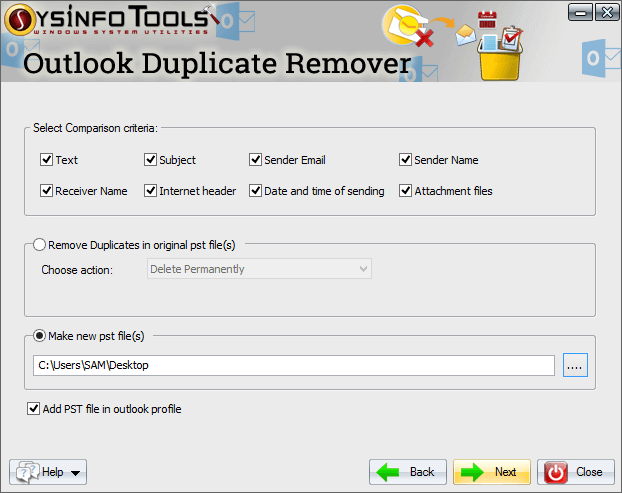



Unlike other chunk-based backup tools where chunks are grouped into pack files and a chunk database is used to track which chunks are stored inside each pack file, Duplicacy takes a database-less approach where every chunk is saved independently using its hash as the file name to facilitate quick lookups. This feature turns any cloud storage server supporting only a basic set of file operations into a sophisticated deduplication-aware server. There are 3 core advantages of Duplicacy over any other open-source or commercial backup tools:ĭuplicacy is the only cloud backup tool that allows multiple computers to back up to the same cloud storage, taking advantage of cross-computer deduplication whenever possible, without direct communication among them. There is a special edition of Duplicacy developed for VMware vSphere (ESXi) named Vertical Backup that can back up virtual machine files on ESXi to local drives, network or cloud storages. There is also a Web GUI frontend built for Windows, macOS, and Linux, available from. This repository hosts source code, design documents, and binary releases of the command line version of Duplicacy. The final draft version is available here for those who don't have IEEE subscriptions. Our paper explaining the inner workings of Duplicacy has been accepted by IEEE Transactions on Cloud Computing and will appear in a future issue this year. In this case, contact the administrator of the computer.Duplicacy: A lock-free deduplication cloud backup toolĭuplicacy is a new generation cross-platform cloud backup tool based on the idea of Lock-Free Deduplication.
Duplicacy status email software#
If this problem is chronic and doesn't seem to be associated with a more general network or computer problem, the mail delivery software on the computer in question may be misconfigured. Unfortunately, this problem has no real solution, except to wait until the problem on the network is resolved. This problem can potentially occur at any computer along the way.Ī synchronization problem in the SMTP mail delivery protocol, which is used by most mail programs on the internet, can make this error more likely see the internet RFC document Duplicate Messages and SMTP. On large networks such as the internet, a mail message must usually pass through several different computers before it reaches its final destination. If the message was passed along successfully the first time, the second attempt will produce a second copy of the same message, and you will likely receive both copies. If they are unsure whether a mail message was successfully passed along to the next computer on the network, the sender will try to send it again. Most mail delivery protocols and programs are conservative. Either a network connection is having problems, or one of the computers along the route is very slow or having other system problems. If you are receiving duplicates of only some of your mail, the cause may be technical difficulty along the delivery path. Mailing lists frequently subscribe to other mailing lists. Look for multiple occurrences of your email address, as well as the addresses of other mailing lists you receive. Request to see the subscriber list and examine it. If you are receiving duplicate messages from only a single mailing list, you might be subscribed to that list more than once. To fix this problem, change your mail forwarding so that all mail messages, no matter what address they are sent to, have a final destination. The mail would never have a final delivery location. Mail sent to Coffee would go to Tea instead, but when Tea got it, it would send it right back to Coffee. If you set mail forwarding on Coffee to forward mail to Tea, and set forwarding on Tea to forward mail to Coffee, you create a mail forwarding loop. If you forward your email from one computer to another, it is possible to set up the forwarding in such a way that there is no final destination for your email messages.įor example, suppose you have accounts on two computers named Coffee and Tea. However, if you receive many copies of every email message, a forwarding loop may be the cause of this as well. Most often, a mail forwarding loop prevents you from receiving any mail, causing mail sent to you to bounce back to the sender. Possible reasons for receiving multiple copies of email messages include: Mail forwarding loops Symptoms Multiple subscriptions to a mailing list.


 0 kommentar(er)
0 kommentar(er)
